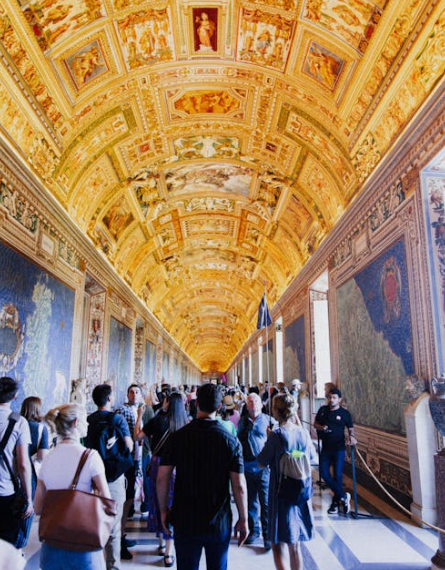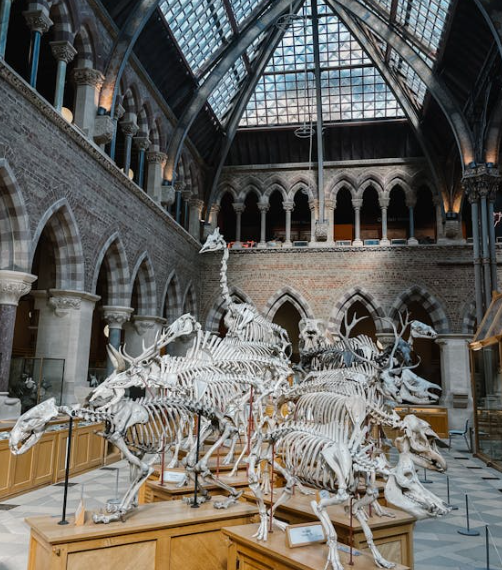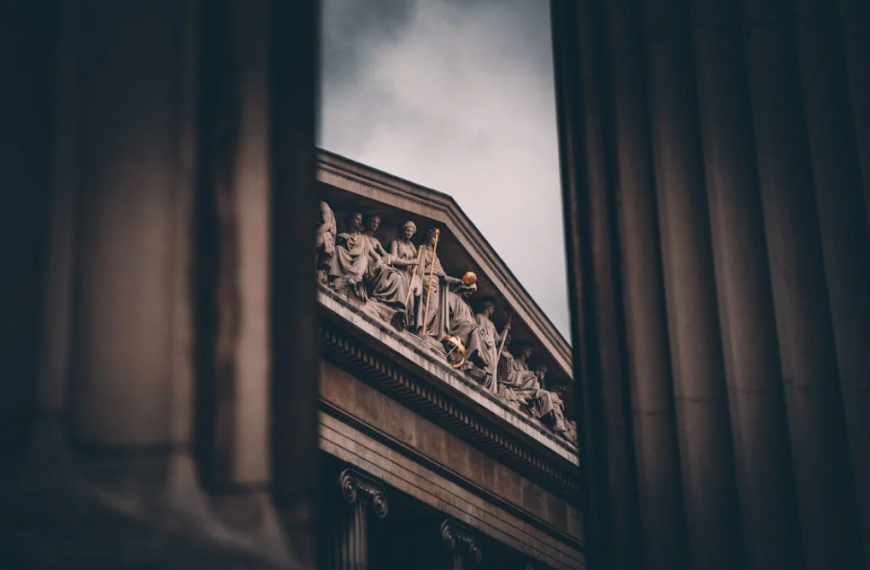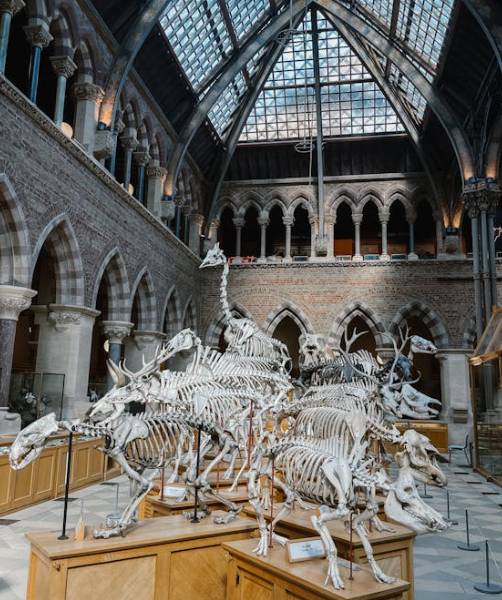The night sky has captivated humanity since the dawn of time. For the ancient Egyptians, it wasn’t just a canvas of twinkling stars; it was a cosmic tapestry woven with gods, myths, and profound symbolism. Among these celestial wonders, the Milky Way held a particularly fascinating place, believed to be a bridge between the earthly realm and the divine.
Nut, the Sky Goddess and the Milky Way’s Embrace:
The most compelling theory links the Milky Way to the goddess Nut. Often depicted as a celestial woman arching over the earth god Geb, Nut was believed to encompass the entire sky. New research suggests that the Egyptians might have perceived the Milky Way as the intricate details adorning Nut’s body, particularly the stars that trace her spine and outstretched arms. Imagine the night sky not as a random scattering of stars, but as the magnificent adornment of a celestial goddess!
A Celestial Cow and the Milky Way’s Milk:
Another intriguing interpretation relates the Milky Way to the goddess Bat. Depicted as a cow, Bat was believed to be the embodiment of the Milky Way and the source of all life-giving sustenance. The Egyptians might have seen the Milky Way’s faint glow as celestial milk, nourishing the pharaoh and ensuring the continuation of divine rule. This connection between the Milky Way and nourishment highlights the Egyptians’ deep reverence for the cosmos and its role in earthly affairs.
Sailing the Celestial Nile:
The Nile River was the lifeblood of ancient Egypt. Interestingly, the Egyptians might have also seen the Milky Way as a celestial counterpart to the Nile. Just as the Nile provided a pathway for travel and trade, the Milky Way might have been perceived as a celestial river, allowing the souls of the deceased to journey to the afterlife. This connection reinforces the Egyptians’ belief in the interconnectedness of the earthly and celestial realms.
Aligning with the Cosmos:
The ancient Egyptians were meticulous observers of the night sky. They aligned their temples and pyramids with astronomical phenomena, including the Milky Way. This celestial alignment wasn’t just about practical navigation; it was a symbolic act, a way of connecting their earthly structures to the divine order of the cosmos.
A Window into the Past:
Understanding the symbolism associated with the Milky Way in ancient Egyptian mythology offers a fascinating glimpse into their worldview. It reveals their deep connection to the night sky, their reverence for the divine, and their belief in the interconnectedness of all things.
A Legacy of Wonder:
The ancient Egyptians’ legacy extends far beyond their pyramids and hieroglyphs. Their fascination with the Milky Way reminds us of the enduring human desire to understand the universe and our place within it. As we continue to explore the cosmos, the stories woven among the stars, like those of the ancient Egyptians, continue to inspire us and fuel our cosmic curiosity.










